—-
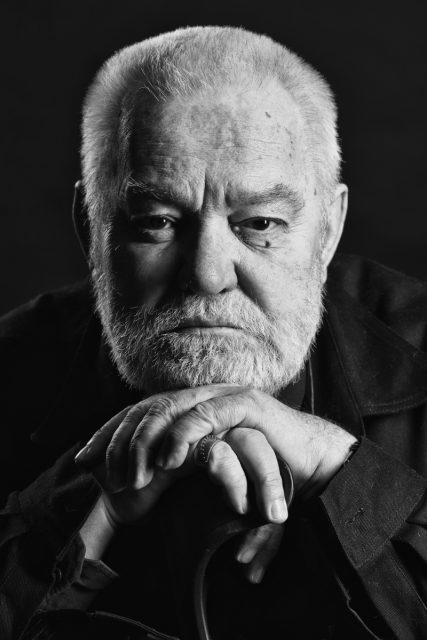
‘Born in Lithuania in 1939, Antanas Sutkus is considered one of the greatest photographers of the former Soviet Union. A self-taught photographer, he built his body of work under the communist regime. Turning the traps of political censorship into anecdotes, he describes daily life with accuracy, tenderness, sometimes irony, with a powerful visual vocabularly and a resistance to systems and outside influences.
‘Sutkus’s series People of Lithuania is considered one of his most important works. It is a continuing project begun in 1976 to document the changing life and people of Lithuania. Working at the time when Lithuania (as the Lithuanian SSR) was part of the Soviet Union, Sutkus focused on black and white portraits of ordinary people in their everyday life rather than the model citizens and workers promoted by Soviet propaganda.
‘Sutkus started taking photographs while still a child himself. “I was making a little money digging peat with my mother,’ he says. “I tried to save for a bicycle but didn’t have enough, so I bought a camera instead.” More than 60 years later, his passion for photography is undimmed, although he now spends more time archiving old images than shooting new ones. “I have not got tired of taking photographs,” he says, “but I find it ever more difficult to find my subjects. One has to love people in order to take pictures of them.”‘ — La Lettre
______
Further
Book: ‘Antanas Sutkus: Retrospective’
On Antanas Sutkus @ Foto Art Festival
Antanas Sutkus @ Russian Tea Room Gallery
everyday_i_show: Antanas Sutkus
Antanas Sutkus @ White Space Gallery
Antanas Sutkus @ Eric Franck Fine Art
‘Eastern Eyes: Antanas Sutkus
‘Behind Walls: Antanas Sutkus’ @ Noorderlicht
Antanas Sutkus page @ Facebook
‘Norint fotografuoti – reikia mylėti žmones’
Book: Antanas Sutkus ‘Sartre & Beauvoir: cinq jours en lituanie’
_____
Media
An exhibition in Moscow
An exhibition of Sutkus’ photos of Sartre & Beauvoir in Paris
Antanas Sutkus interviewed (in Lithuanian)
______
Interview
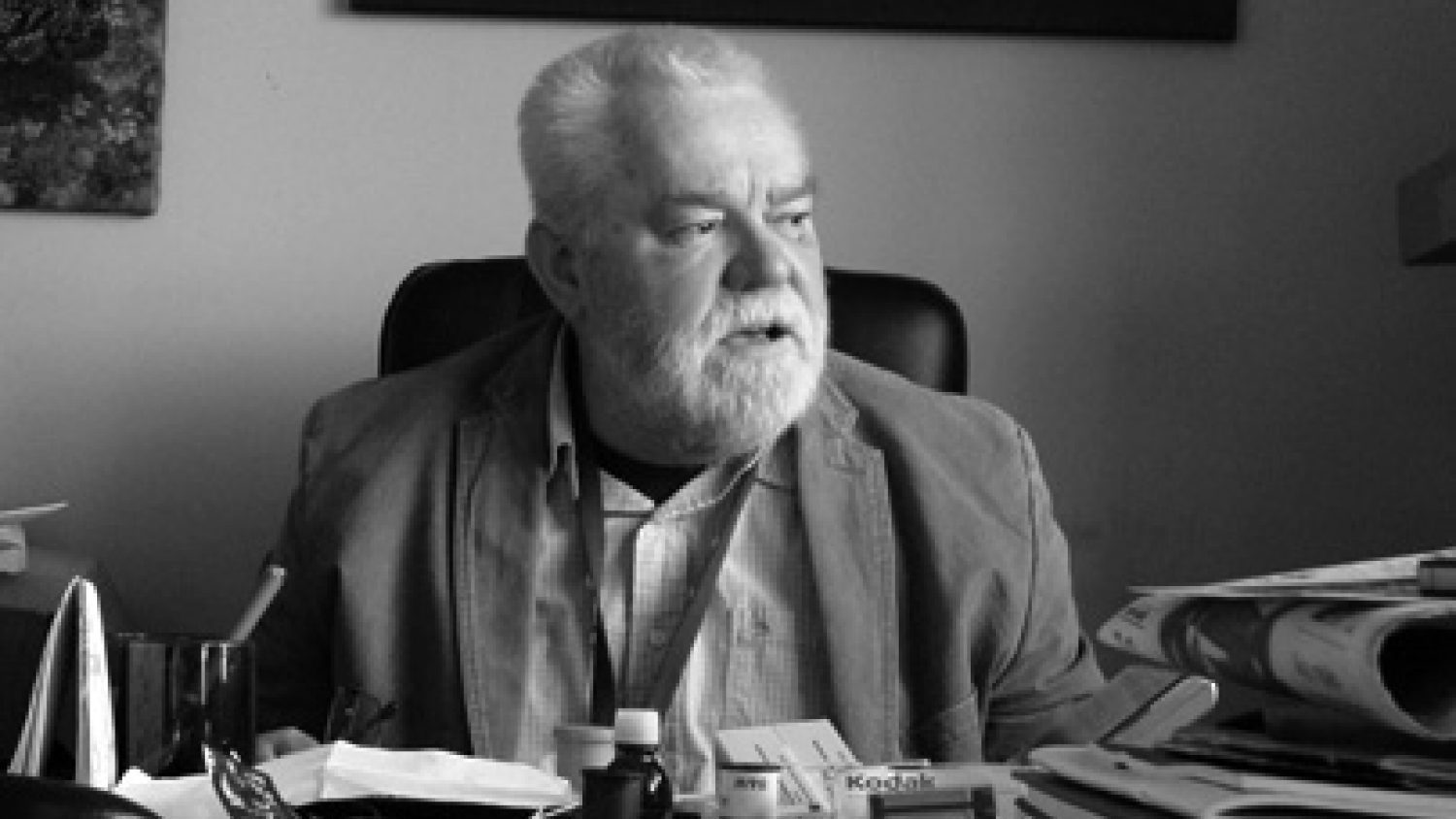
Antanas Sutkus So, what did you say you are studying?
Juste Kostikovaite Curating contemporary art.
But what do you mean by contemporary art?
There are different ways of trying to define what is contemporary art. I prefer to answer to this question with the formulation by the curator and critic Dieter Roelstraete: “What is NOT contemporary art?” In his essay, he speaks about several main features of contemporary art, one of them being time, while the others are how precisely art inserts itself into contemporary times, but at the same time, avoids the tropes or practices of being called art.
I can see now that there are a lot of art historians, but curiously, art survives time without asking those who were writing the art history. I noticed that in Lithuania now, several art historians are actively doing research. They chose their PhD theme, selected artists, and later, all their life, just modified their theme. I think this way of working – with just one theme your whole life – is completely boring. If I had just one idea and then tried to adapt my whole life to it, I simply could not do it. Someone has to analyze and criticize the process, the change. The creative process, not the result, has to be explored, but without trying to produce some sort of academic illustration of their own thesis. The exception would be the photography historian Margarita Matulytė, she is an author of the recently published monography Nihil obstat. Lietuvos fotografija sovietmečiu.
Can you tell me more about your success with the exhibition in the Oscar Niemeyer Museum in Kuritiba (Brazil), where it was on display at the same time as Francisco Goya’s etchings?
For Brazil, at the moment it is really problematic because I have health problems and actually, my doctors do not recommend flying or extensive traveling. Despite that, the trip to Brazil literally opened my eyes. When I lived there, people were extremely friendly to me. In two days, all of my neighbors, and even the policeman, already knew me and was saying hello to me. I would often visit this cafe near my house; after a couple of days, even passersby were nodding to me. And this cult of children!
At the same time, they have extreme inequalities in Brazil, which form great social fragmentation. For example, extreme wealth, which you have probably seen, and then, not too far away, huge favelas. The favelas formed when the large farmers became rich land-owners, and the country started undergoing a massive industrialization; people from the countryside flooded the cities, where they found themselves living on the fringes of the city and society.
Yes, but I am trying to compare the situation of today’s Brazil with our situation in Lithuania. It was not during the last century when the rich and poor classes formed in our country. What is the meaning of such processes when in one year, 14 millionaires appear in our Parliament? And when in the villages – big, private land properties are forming? And, do you think it is morally ethical when in Lithuania a whole 5th of the population receives support from the Food Bank (a charity project which gives people the opportunity to donate food to those in need)? Going back to the comparison with favelas: here in Lithuania, we have to be prepared for harsh winters. Favela people do not need heating, they don’t eat meat often, they do not need warm clothes. I must admit that I, personally, was not taken on a tour through the favelas, although I did meet one person who promised to take me there. Unfortunately, that day the police went on strike, and nobody wanted a foreigner to die there during drug fights or something like that.
Maybe this situation in Lithuania is also one of the reasons why collecting art is seen as an unnecessary activity at the current moment?
All I can say is that our country is taking the wrong direction with collecting. I was managing the Lithuanian Association of Photographic Art – the only such organization of its kind in all of the Soviet Union during its last 20 years – and later on, throughout independence, for an additional 13 years. I think that at that time, my sacrifice of my personal life and time was meaningful for this activity of managing such an organization. I really feel this way when I look back on what we have achieved by our enthusiasm. For example, in the Château d’Eau, Toulouse, where I had an exhibition in 2011, they showed us their archives, in which they had old posters of my and Aleksandras Macijauskas’s exhibitions which were shown there 25 years ago. All of those exhibitions were produced by us at a time when exhibitions like that were almost impossible to even conceive of. Nowadays, photographers in Paris wait for two years to get into the Château d’Eau in Toulouse, which was founded in 1974 by Jean Dieuzaide, and was the first gallery in France to be devoted solely to photography. I realized now, that in soviet times, the fact that we were able to have these exhibitions can be explained only by the wish of the soviet system at the time to use us as a means to demonstrate that soviet artists also are, or can be, modern. They wanted to show that soviet art can be multifaceted and Western, in a way; that there are artists who are critiquing the social-realism style. But at that time, 30 years ago, in order to be able to have these exhibitions, I was involved in a lot of networking – I was spending a lot of time with heads of government, speaking, and having some drinks with them. At that time, curators from Western Europe were much more favorable. I cannot say the same thing about the current times. Only those artists who have left the post-soviet arena are valued. It is hard to understand for me why Western art discourse is not interested in what was done in Eastern and Central Europe during the Soviet times. I, myself, feel this reluctant attitude in my colleagues from Western Europe.
Going back to thoughts about the system, and of art being one of the tools it used to present itself during the Cold War. Now, if you compare societies, the society of communism collapsed by itself; although, of course, it would not have been possible without the help of Gorbachev. In my opinion, our independence movement – Sąjūdis – would not have existed if Gorbachev had not allowed us the freedom of speech.
In Lithuania, I have a feeling that announcements about your exhibitions and your works generate articles and news, but they do not generate further discussion.
I felt this especially in Toulouse. When I had an opening there, Le Figaro, Le Monde and other media came to cover the event. No one from the Lithuanian embassy came, even the Cultural Attache did not come. I came back to Lithuania – and again – no reaction, no information. And the same scenario, more or less, repeats itself again and again.
Why do you think that is so?
I do not know what, exactly, is the problem here. Maybe the Lithuanian people are jealous? I am not sure. Just recently, I had a exhibition in Paris in which a group of very diverse artists were participating: Stanikai, Pigagaitė and Liškevičius were featured. We were so happy with our success there, and with each other, and about the Cultural Ministry holding a talk during the opening. Now, imagine someone saying the same thing, or something similar happening, in Lithuania. Hard to imagine, isn’t it? Maybe we do not have an intellectual critical mass that could meet and talk about themes which are neither profitable nor networking-based; an intellectual critical mass that would drink tea and whiskey not only with those people who might be useful to them in the future, but rather with people with whom it is simply interesting to exchange opinions with.
What do you think of the decision of Vilnius Municipality to buy Jonas Mekas of Fluxus collection?
If this offer had come from some other country, let’s say from Chukotka, then we would expect that they do not understand art and that it is highly possible that the collection will just disappear into the trash. But at this moment, American museums and collectors know everything, and if they passed on the opportunity to buy the collection that Lithuania ended up buying, it means that the collection is worth nothing. More importantly, it is not the mayor of Vilnius, Artūras Zuokas, who should make these kinds of decisions. If he wants to, he can buy it with his own money.
How do you see art fairs in this context ? For example, the Frieze Art Fair?
Frieze is a very big art fair. It made a big impression on me. It is like a party of the society’s elite. Not everything is being sold, but the most important thing is the meetings which happen during the fair. People are introduced to each other. Actually, I started my sales through Whitespace Gallery, which presented me in London in the 2011 Frieze Art Fair, during which I had the opportunity to meet collectors. British Journal of Photography also published an article about me. In my mind, without participating in the fairs, you would not be so interesting to collectors, even if you had an exhibition at Tate. Of course, a show at Tate would definitely mean recognition and prestige. But collecting also has its own nuances. For example, the numbering of editions, in order to indicate their rarity. I want to propose that the quantity of artwork depends solely on its medium. Therefore, an oil painting is unique, but a photo negative also has limits, because you cannot print millions of photographs. Edward Weston, when he printed his last, the thousandth, photograph of his negative, he sold it for 100 thousand US dollars. I find numbering problematic, because how can you know the limits, which work will be sold well?
____
Show
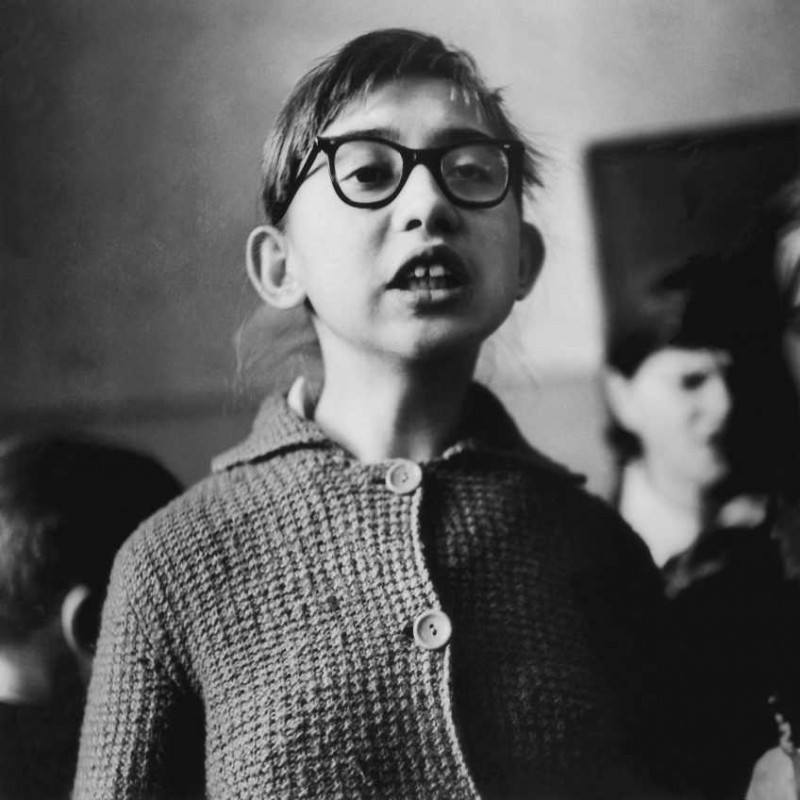

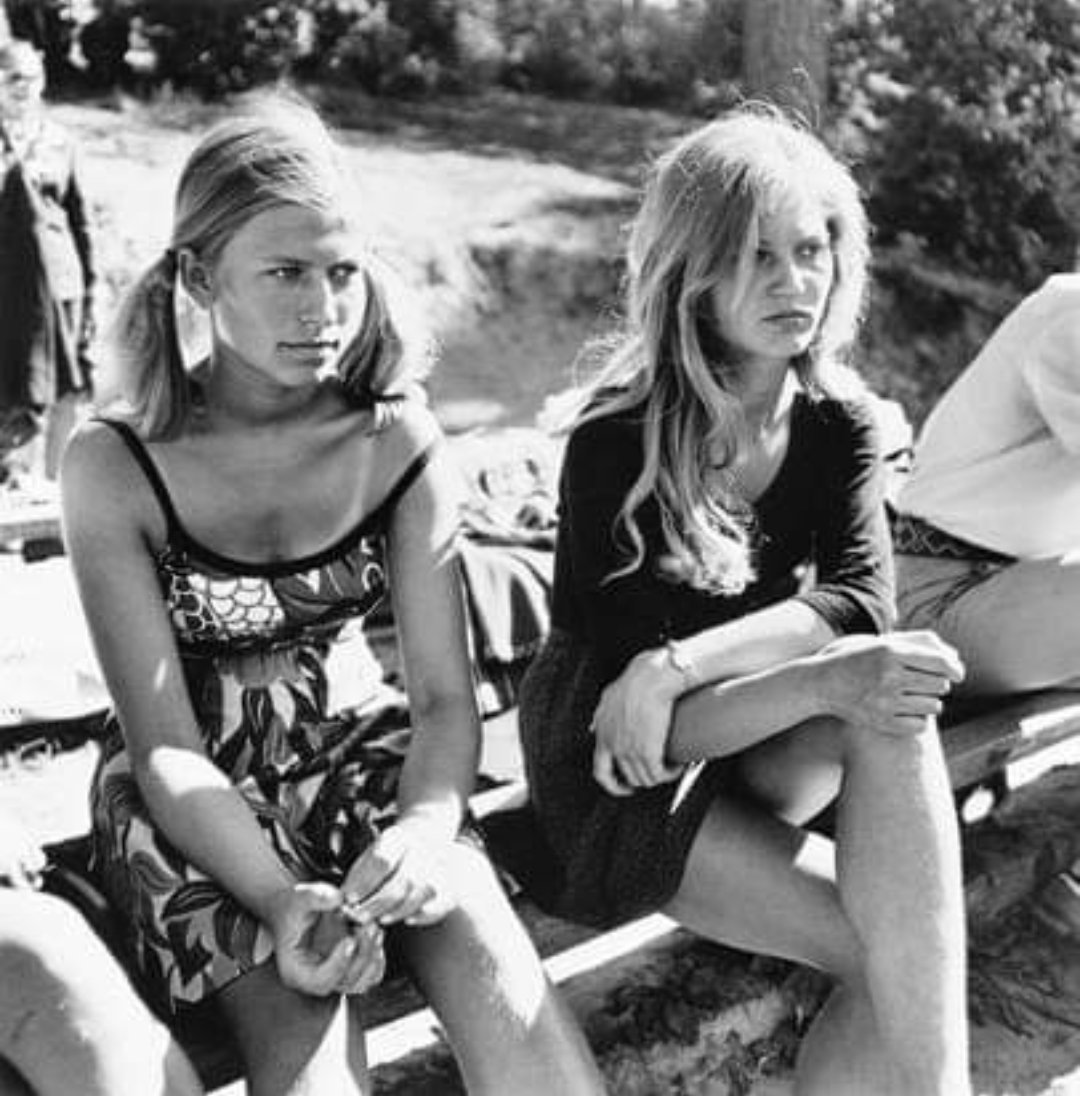

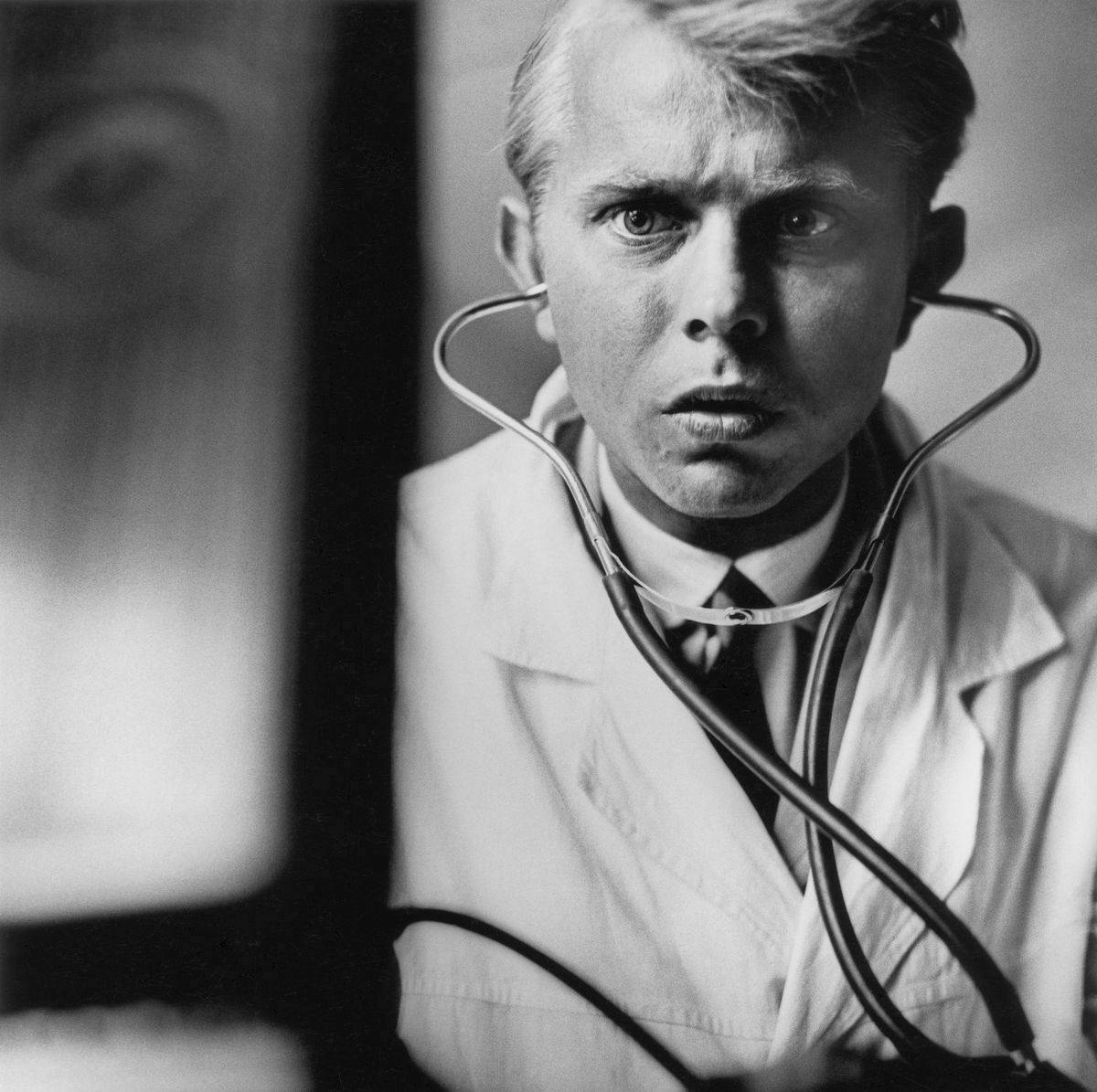
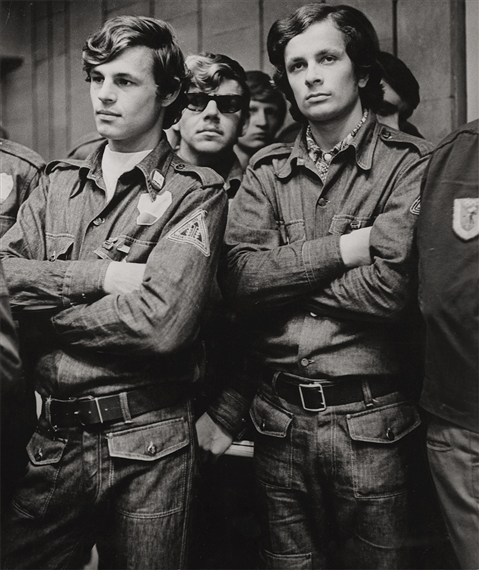
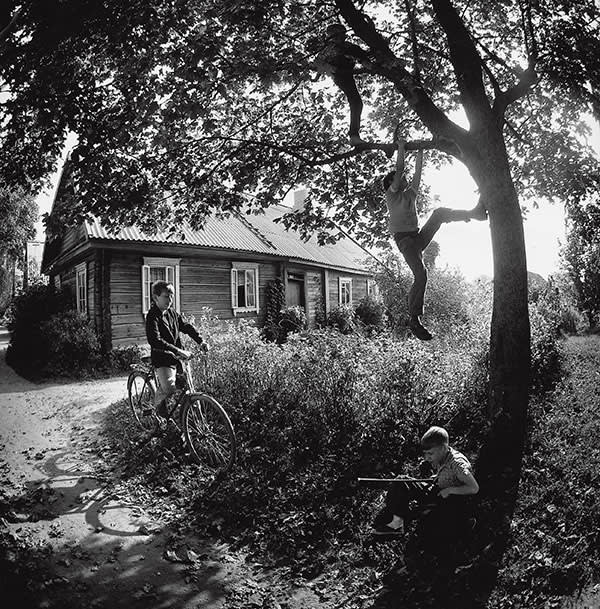


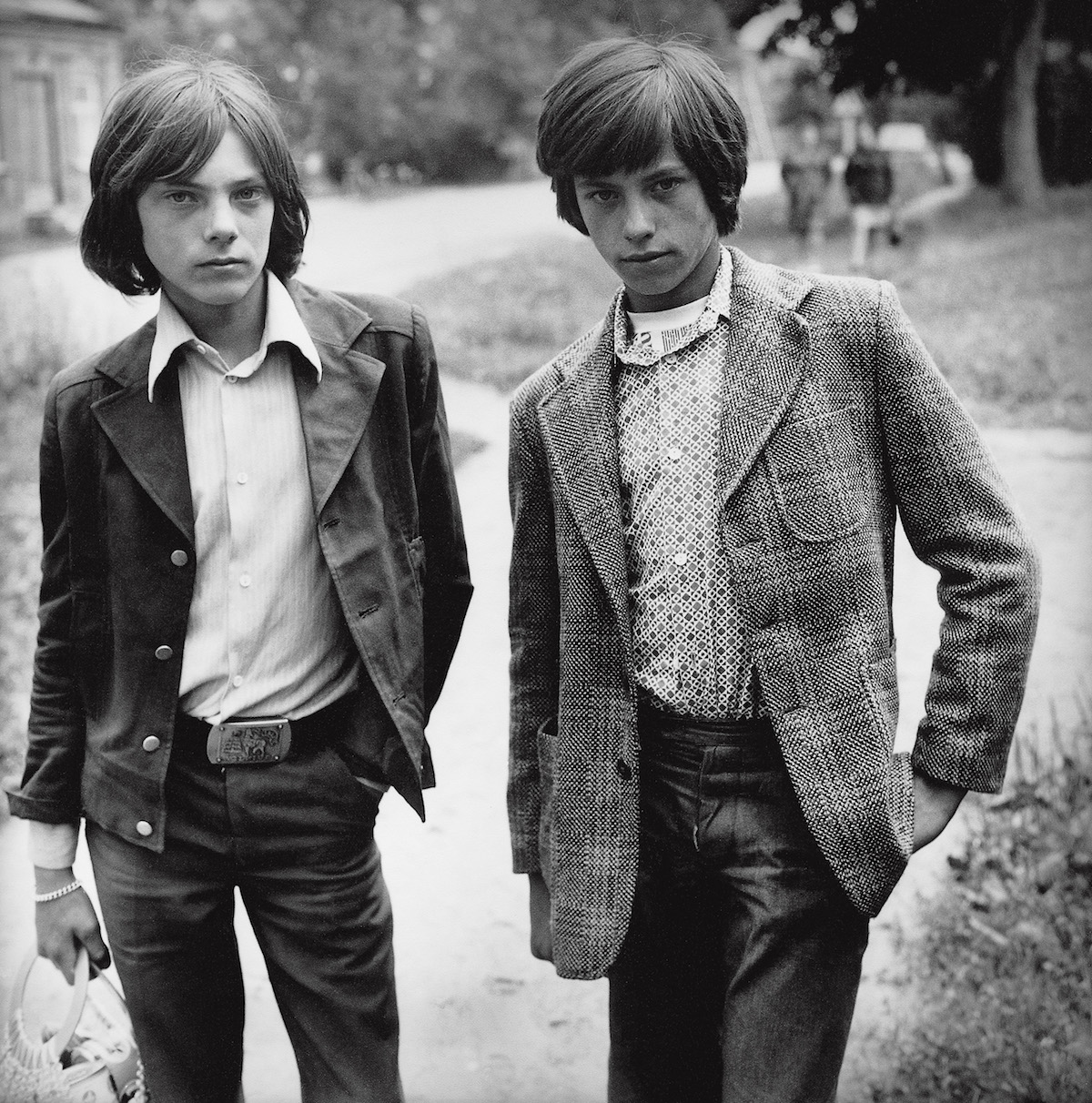



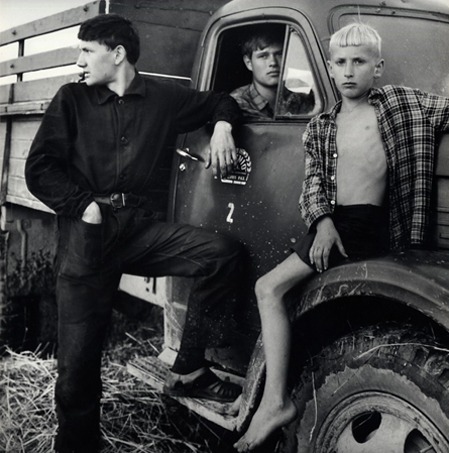




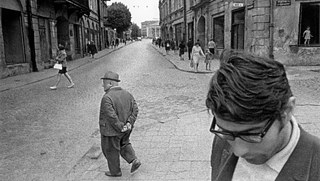




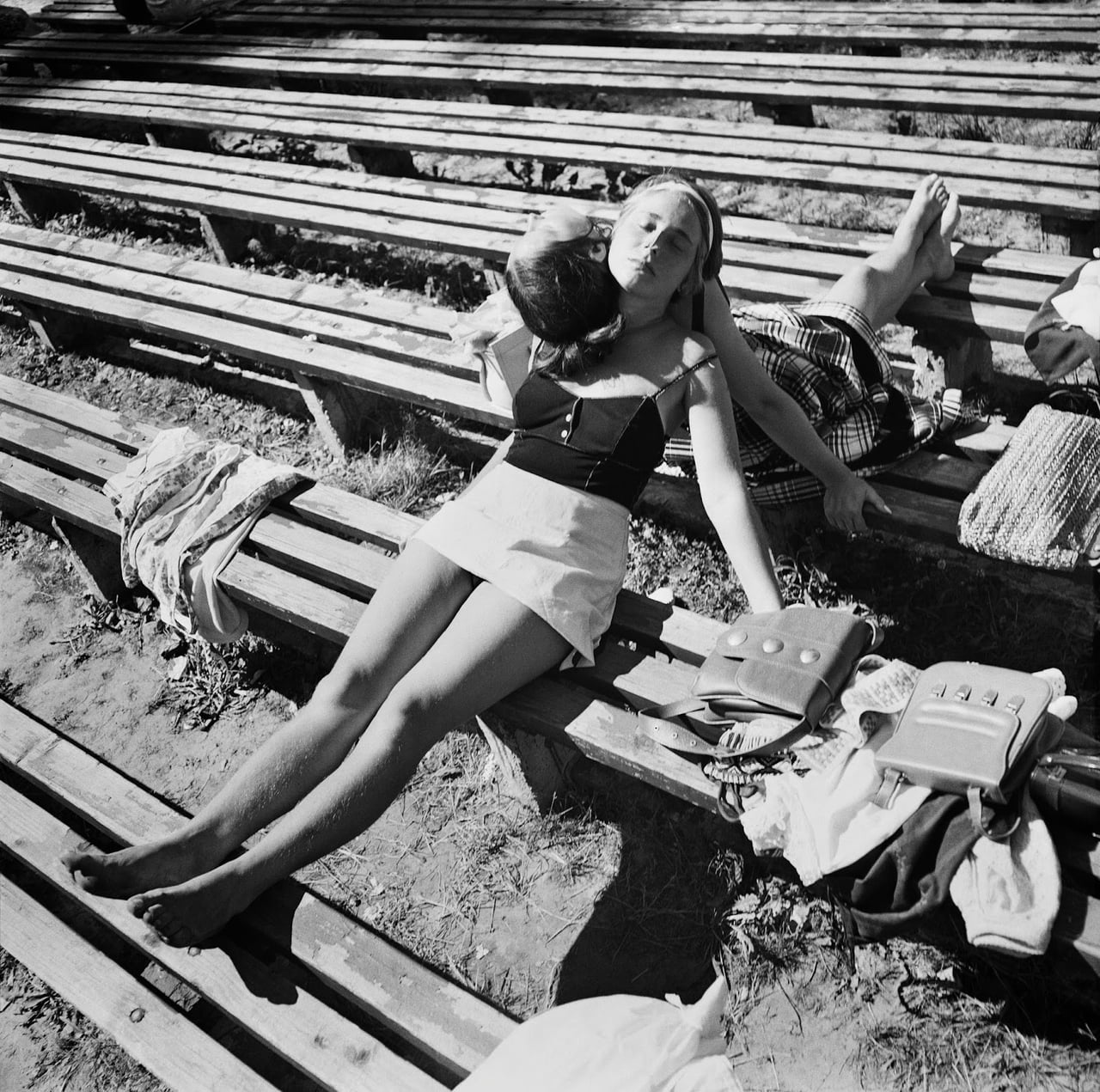
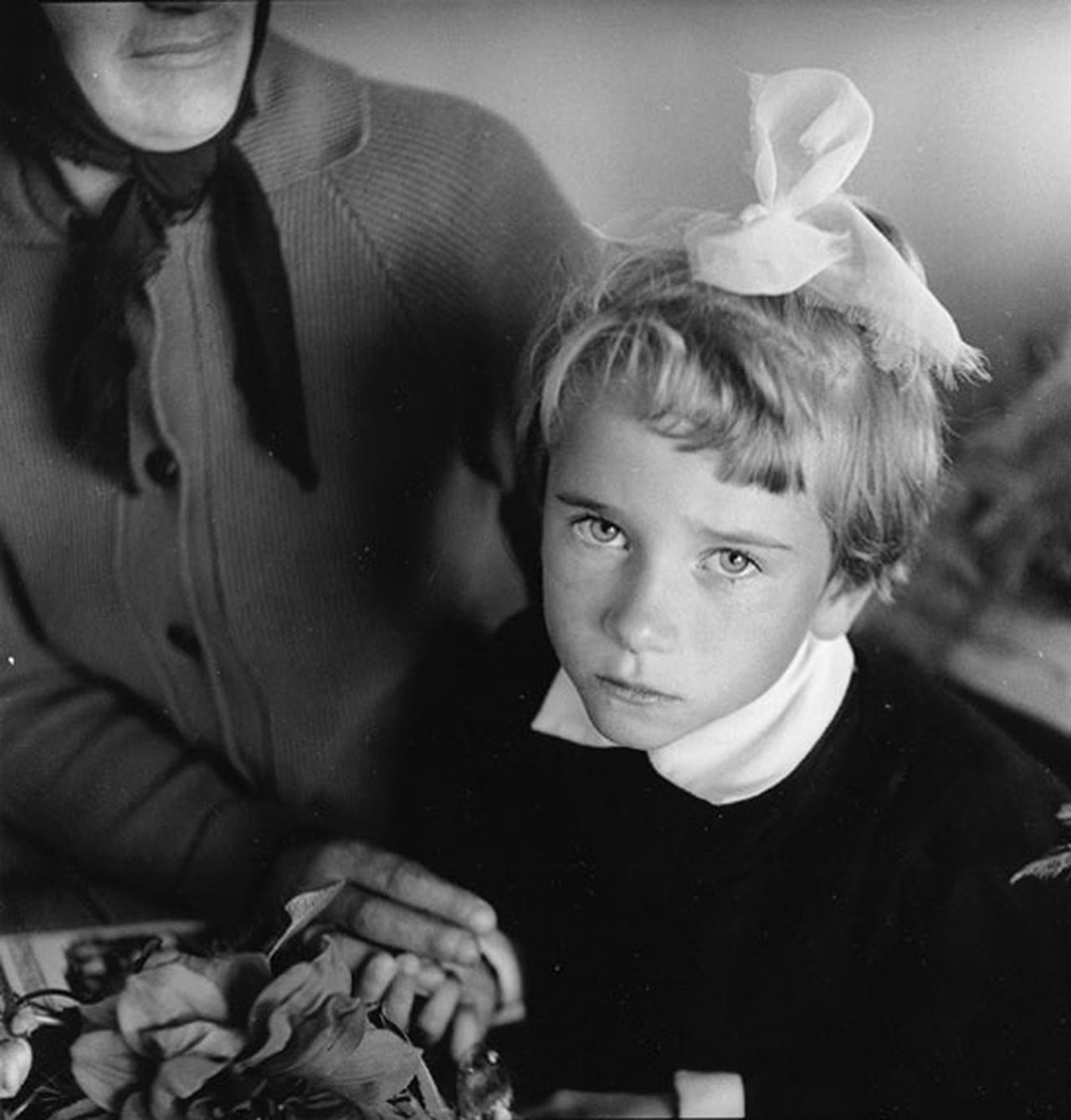
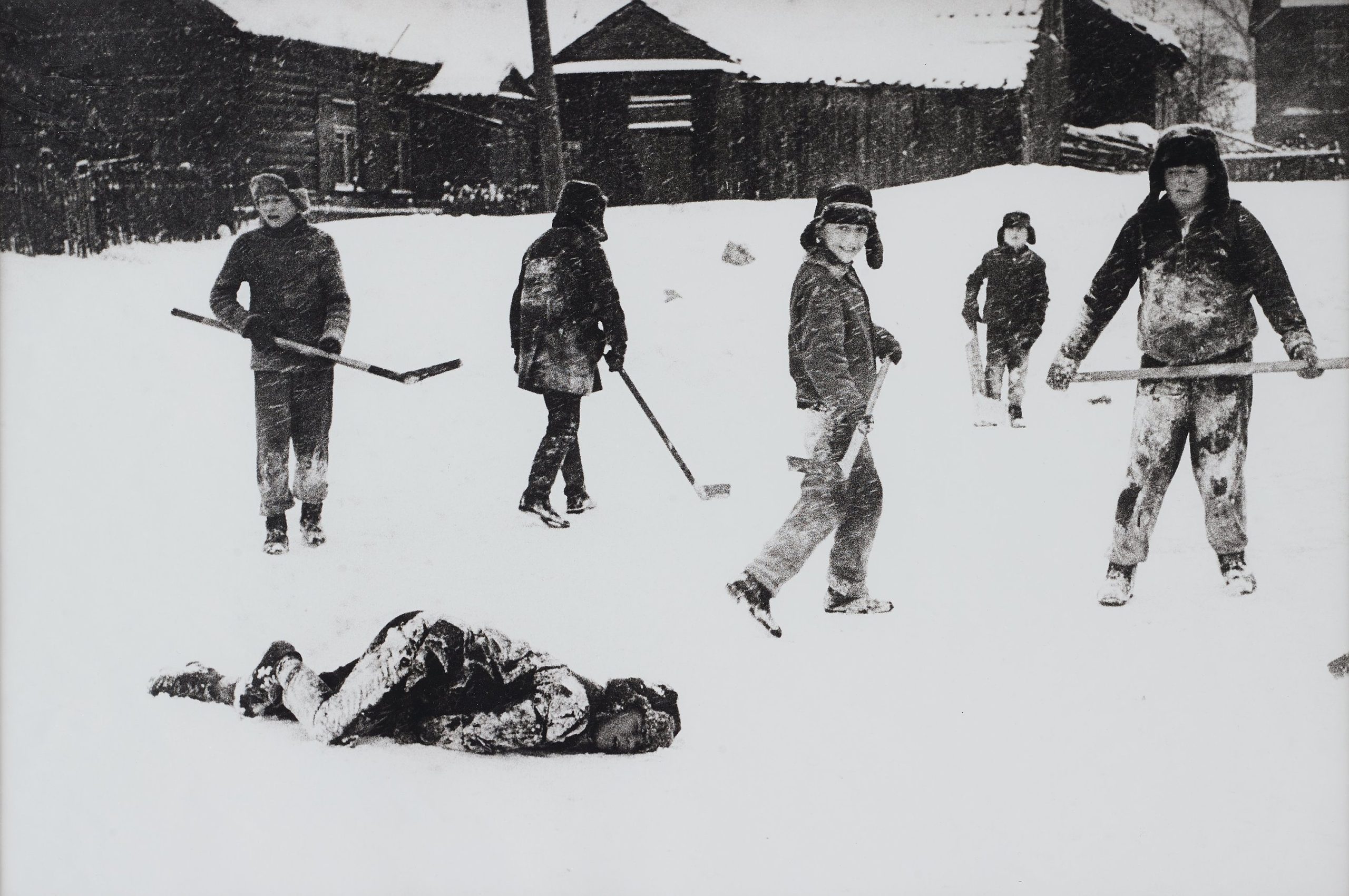
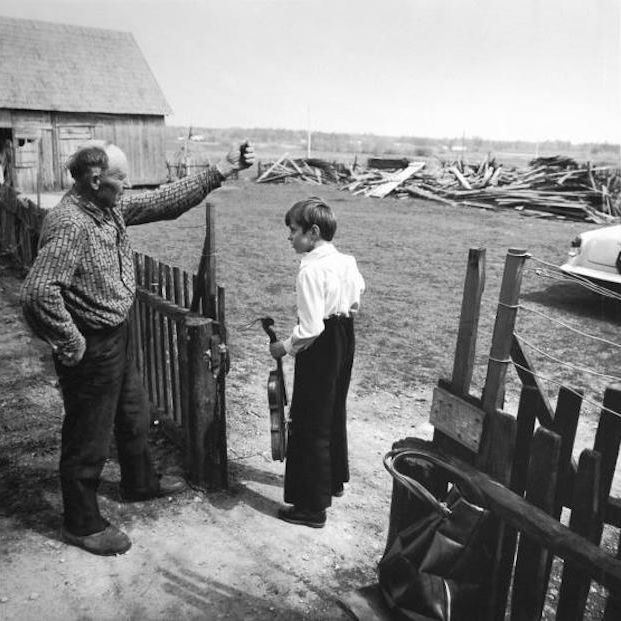
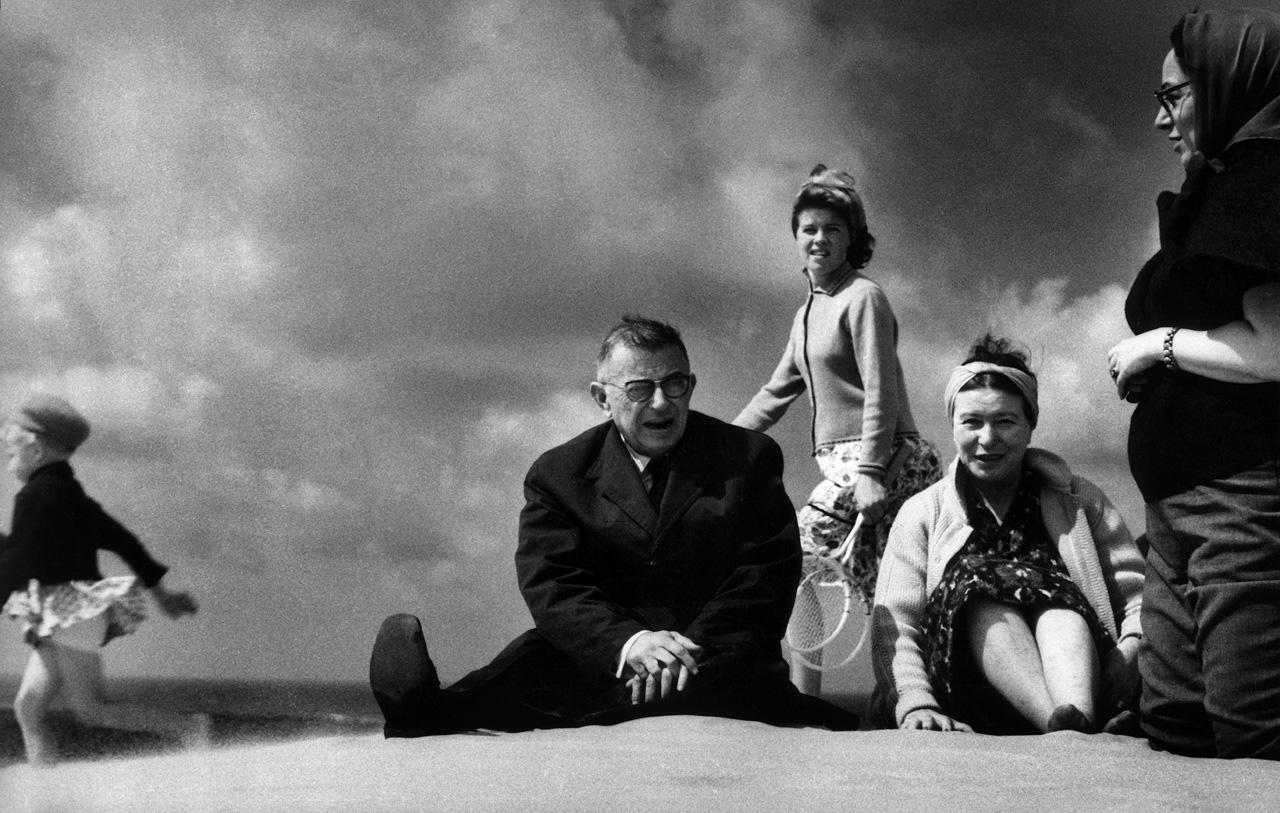
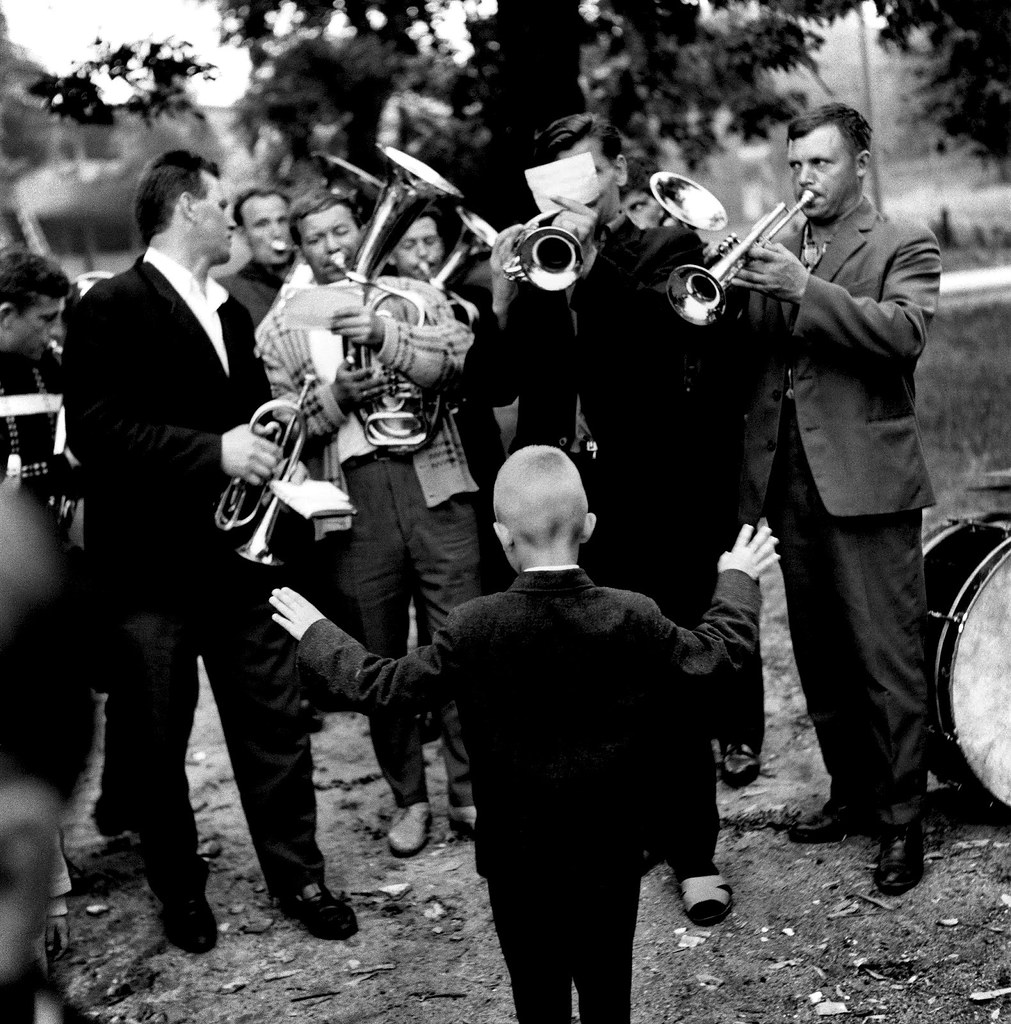
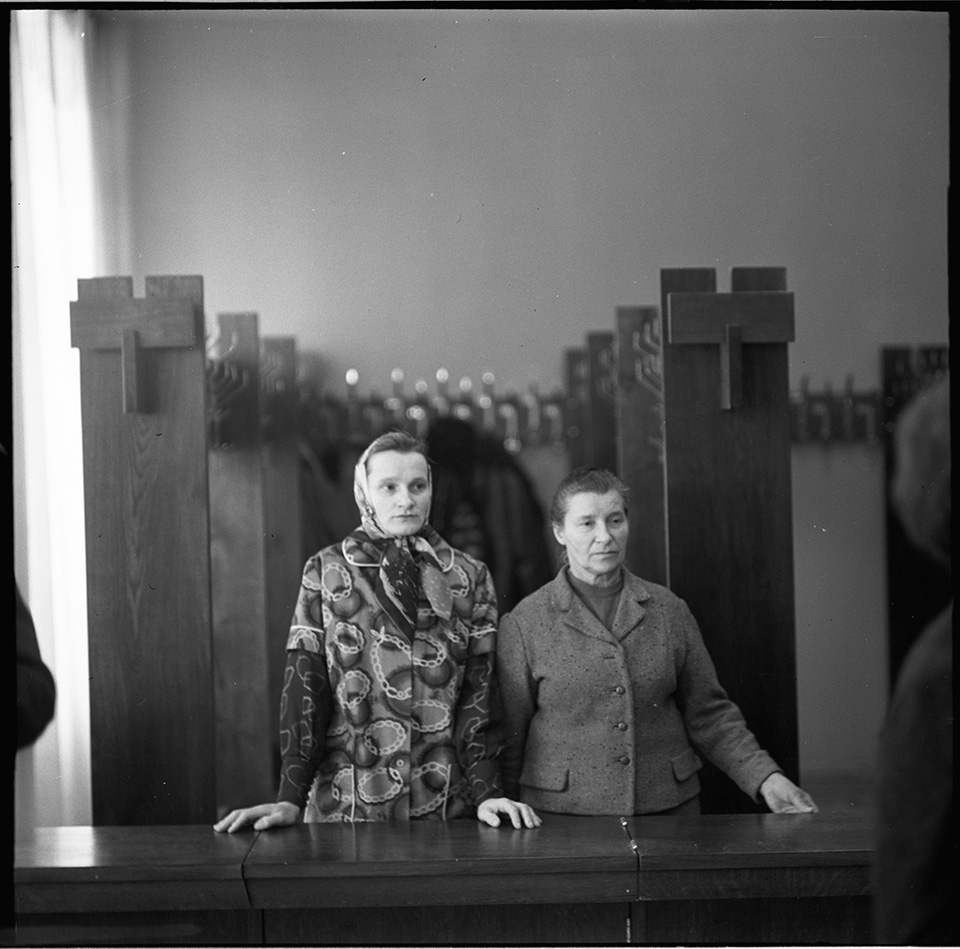




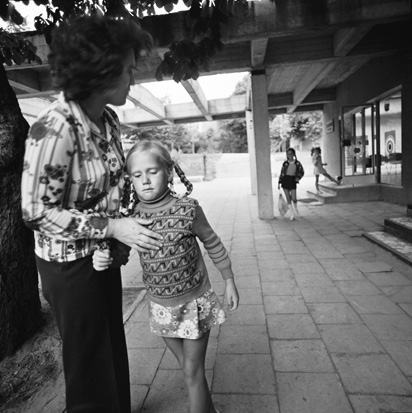

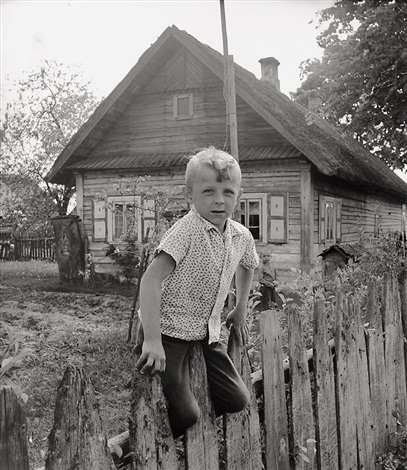
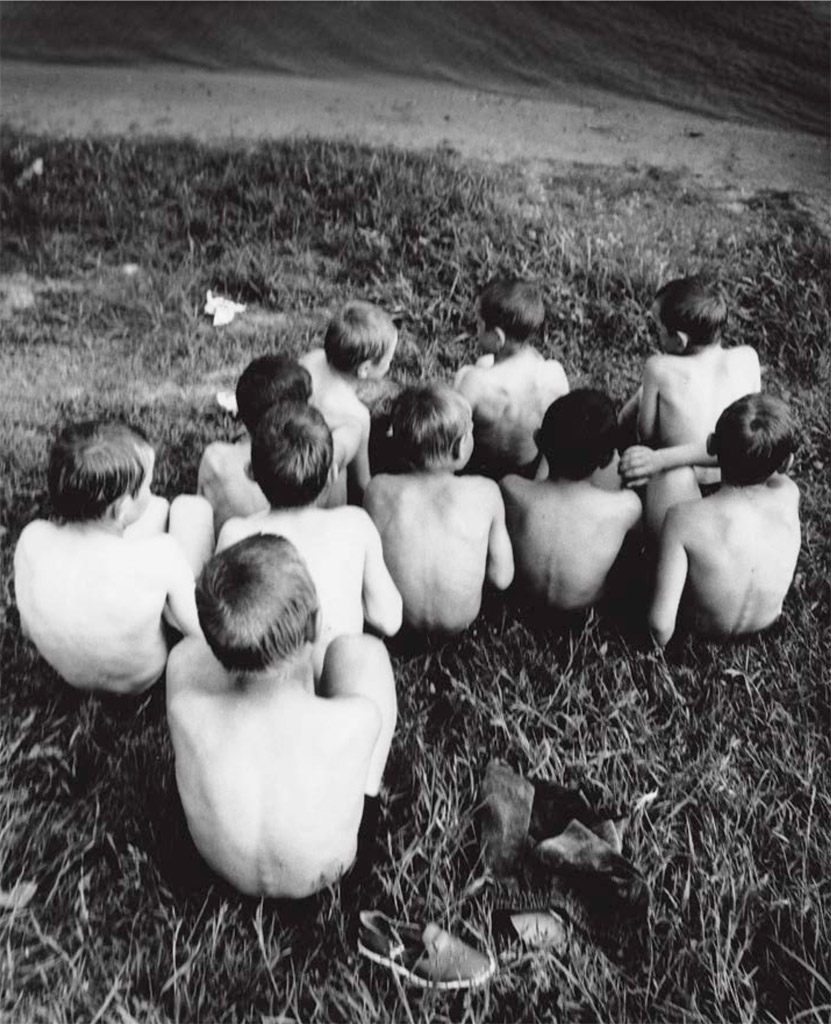
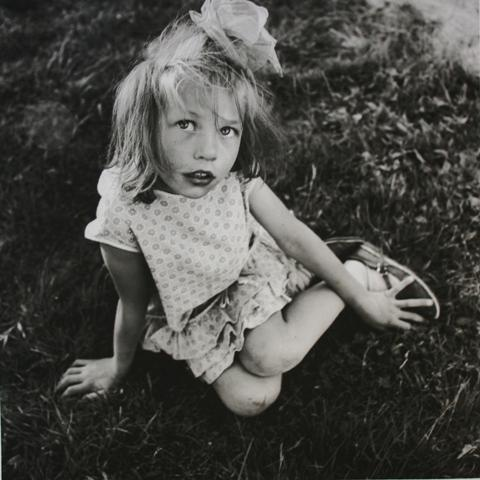



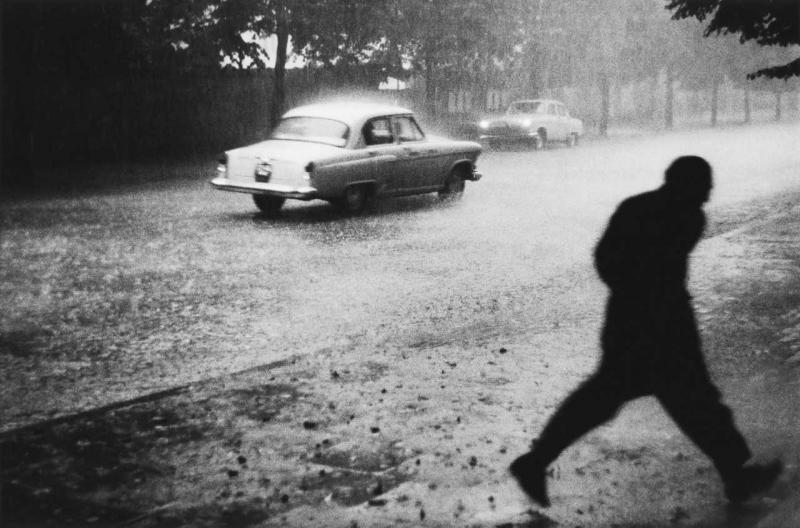
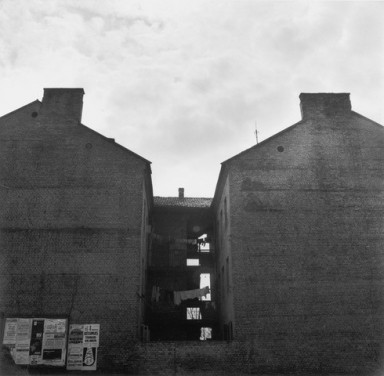

—-
*
p.s. Hey. ** Today a kind reader of the blog, M. Geddes, has asked to commandeer my galerie space to curate a show featuring the great Ukrainian photographer Antanas Sutkus, and, obviously, I was very happy to lend the space. Please wander around, or, rather, up and down the galerie and think/feel whatever you think/feel then say or word or a bunch in your comments in the show’s regard to M. and/or, of course, me. Thanks, and thank you very much, M! ** David Ehrenstein, I agree that ‘Prisoner of Love’ is a really great and very undervalued novel of Genet’s. My focus on it or not will depend, as it always does, on how much I can find online re: it to use. But yes. You’re speaking about the accusers in a generalising way, and I don’t think about things that way, and I think probably we should steer away from the topic. ** Bill, Hi. I saw those Shen Shaomin pieces when I was hunting and earmarked them for the inevitable Dead Animals post. I’m glad you liked the Nemec film. I hope your issues de-blip. Have you sorted out how to be true to yourself and get sonically aggressive? ** Scunnard, No, nudging is good. Of course I don’t really know where your tastes as an editor lie or go. But I can and will lob some possibilities your way once the part of my head that knows such things is righted. ** _Black_Acrylic, As far as I could tell, and it is hard to tell, Jan Andersen seems to be a commercial-meets-art photographer who creates images to illustrate news reports and magazine articles and so on, so I guess (?) those staged dead teen photos are intended to accompany media things about dead teenagers? It remains a bit of a mystery to me too, but that’s what I gathered. ** Steve Erickson, Hi. Yes, I look forward to officially announcing it too. It should happen pretty soon. Thanks! Well, obviously happy to hear that it isn’t what you feared and that the cataract surgery is set. How will the immediate post-surgery recovery affect your work and life? I have no idea how that works. I know a little of Wrangler, but I haven’t heard the new one. It sounds very ‘him’ aka Mallinder. I’ll check it out. Thanks, Steve. ** Right. Enjoy the show upstairs. See you tomorrow.




 Now available in North America
Now available in North America 
Hi Dennis, thanks. Mostly I am looking for really great stuff that surprises me somehow (unanticipated capacity to take our breath away or impossible and yet there it is). Here is a bit of the generalist idea if this helps:
invert/extant is a small publisher based in the UK that seeks to shift perspectives on new writing and art. We are looking for writers adept at changing how we see and understand the world as well as readers who are up for this challenge. Bataille recounts a story about a cousin on a sunken ship—assumed lost, but later discovered to have been assigned to a separate mission on a smaller boat just before the ship sank. Puzzled by his reaction with this shifting of perspective—linking it to the allure of art in general, he observes ‘impossible and yet there it is’. This shift is at the center of what we do. invert/extant fosters this unanticipated capacity to take our breath away, to catch us unawares, revealing the world inverted through its subtlety, truth, or inventiveness
Antanas Sutkus’ is really really beautiful, and deeply touching.
“Prisoner of Love” isn’t a novel but “un recit.” Also noteworthy is Genet’s account of the aftermath of the Chatilla massacre — an atrocity never discussed in the West. With Anti-Semitism so wildly out of control it’s more difficult than ever to deal with Israel when that state commits crimes,
You have a point about dealing with “the accusers in a general way,” but there’s so much hysteria about Polanski and he’s been turned into a “Designated Target” of feminist wrath that’s wildly out of proportion. He has of course long resigned himself to “Pariah” status, poor man.
A lovely gallery today, Dennis and M.!
Haha, I think I’ve figured out some relatively aggressive materials for tonight. I hope we can find transparent spaces where we can all be aggressive and audible; that’s usually the tricky part.
Bill
@ M., thank you for this intro to the work of Antanas Sutkus. Some really compelling images here.
Tonight was the last of the Writing Short Stories classes. It’s been a really useful course, just for the impetus it’s given me get on my laptop and create. I got four stories out of this, one of which was accepted by X–R-A-Y, so a big positive result.
Freedom of The Press — For Everybody But Woody
I finished all the writing that I needed to do before the surgery today. I am really relieved to have that out of the way. The hospital called me this afternoon and told me that I need to have someone come get me once it’s over to take me home (presumably because I will be barely conscious after the anesthetic wears off.) I was able to find a friend who can help me with that, and tomorrow they will let me know when he should arrive at the hospital on Monday. Recovery should be quite quick. I’m supposed to wear a patch over my right eye (surgery over the left eye will follow later this year) for 24 hours, then I can take it and my vision will be far better!
I hope to get back to work on my film once this is over, but my editor is currently working a full-time office job and teaching 3 college classes this semester, so understandably she has not had any time to complete a second cut.
I went to Rite Aid tonight, and it looked like 20% of the store’s stock had already been purchased by New Yorkers who are anxious about coronavirus. Especially toilet paper and bottled water. If we do start falling sick en masse, I can just imagine how much worse things will get.